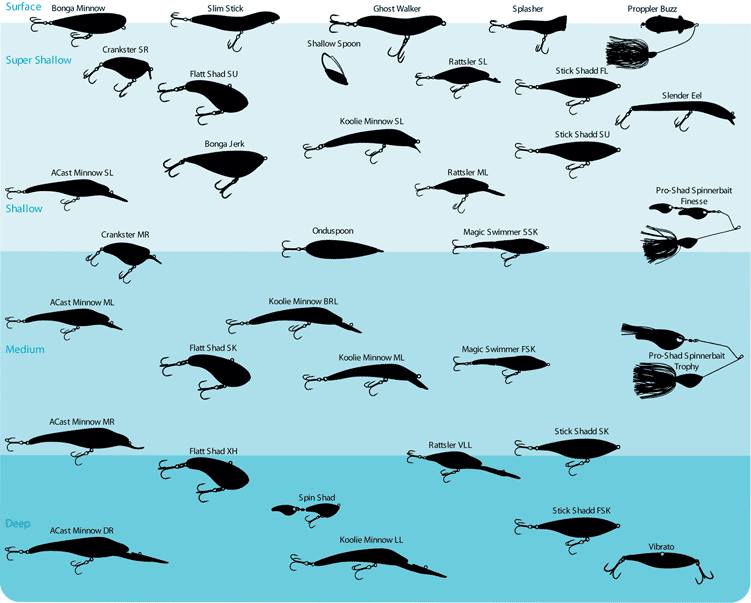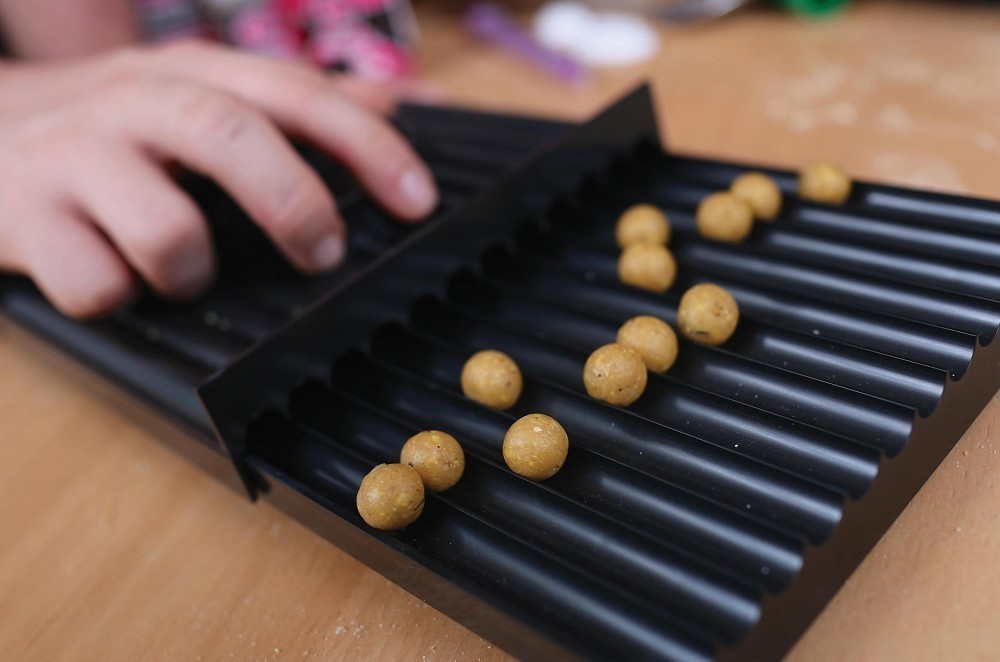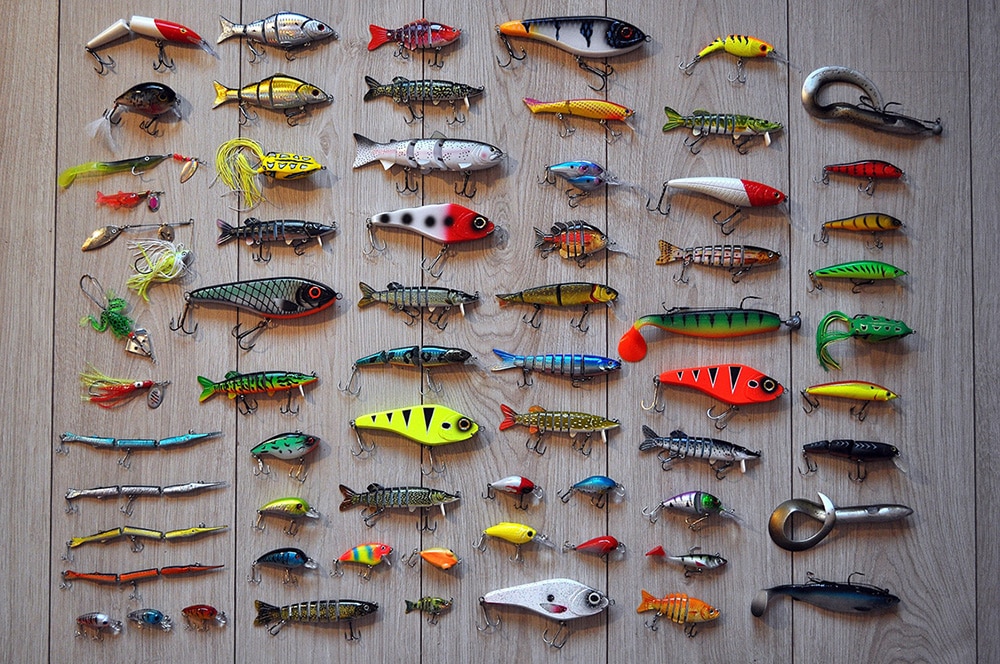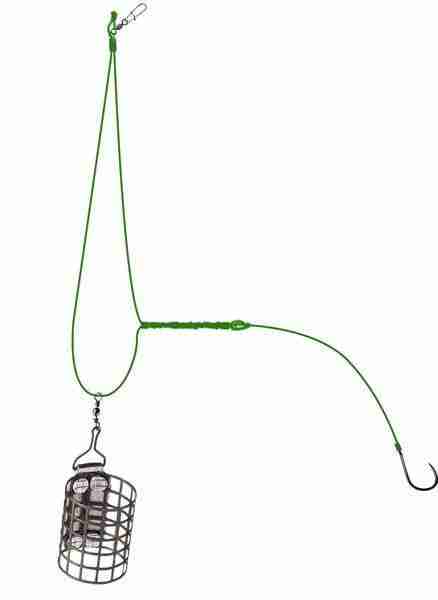
Leads for Feeder Fishing - Optimal length - Knit leashes

8 min read
In this article, we will discuss the optimal Leads for FeederFishing and the benefits of using knotted leashes.
Feeder fishing is a popular technique used to catch a variety of freshwater fish, such as carp, bream, and tench.
One of the most important components of feeder fishing is the lead, also known as a sinker. The lead is used to keep the bait on the bottom, where the fish are feeding.
The optimal length and type of lead can vary depending on the conditions of the body of water you are fishing in, and the type of fish you are trying to catch.
Leads for Feeder Fishing
The main purpose of this tackle is to prevent the breakage of the main thread, which means that the main loads during hooks will fall on these safety segments of the leash, so having a high margin of safety is an indispensable condition when choosing a fishing line material for the leash. But in any case, it should not be stronger than the main cord - it is wrong if it is the other way around.
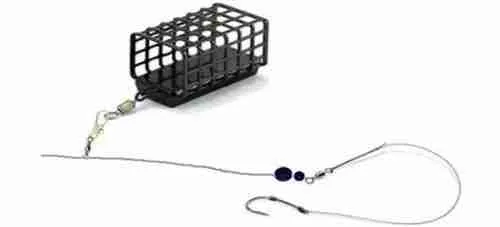
This intermediary device works between the hook and the fishing line (you can also connect directly) in the near-bottom space, replete with sharp-edged shell rock, and fishing can have its own characteristics: the teeth of some predators are able to cause significant damage to strength, and the leash can simply collapse.
Hence the requirements for resistance to mechanical influences on the fishing line, determine the use of products with a protective coating. In this part, the most suitable is a fluorocarbon line for leaders.
The less visible the fishing gear in the water, the more likely it is to get a fish bite. This statement is especially true when fishing takes place in clear water conditions.
You can understand how to make a leash by understanding the basic requirements for the material from which it will be made:
- The thickness should be sufficient to withstand the load from large fish, which is sufficient in any lake, or a hook on the bottom of the reservoir;
- The color of the fishing line should be transparent or camouflaged under the aquatic environment in a pond or algae - gray, greenish or brown;
- The stiffness of the thread can be felt by the fish, so it is used on a hard and even surface, and on a muddy bottom it is undesirable.
It is impossible to take into account such a variety of requirements in a complex. Therefore, the leash for the feeder is made in several versions and they are used according to specific conditions.
The optimal length for Feeder
The optimal length for a lead when feeder fishing can vary depending on the conditions of the body of water and the species of fish you are trying to catch. In general, a shorter lead will keep the bait closer to the bottom and be less affected by the current.
This can be beneficial when fishing in areas with strong currents, or when fishing for bottom-feeding fish such as carp and bream. Shorter leads, around 2-4 inches, can also be useful in clear water where you want to present the bait as naturally as possible.
On the other hand, a longer lead can allow the bait to be carried away by the current, mimicking a more natural presentation. This can be useful when fishing in areas with a moderate current, or when fishing for species that feed in the upper water column, such as tench or bream.
Longer leads, around 8-10 inches, can be beneficial in murky waters as it will keep the bait away from the rig and the fish can find it more easily.
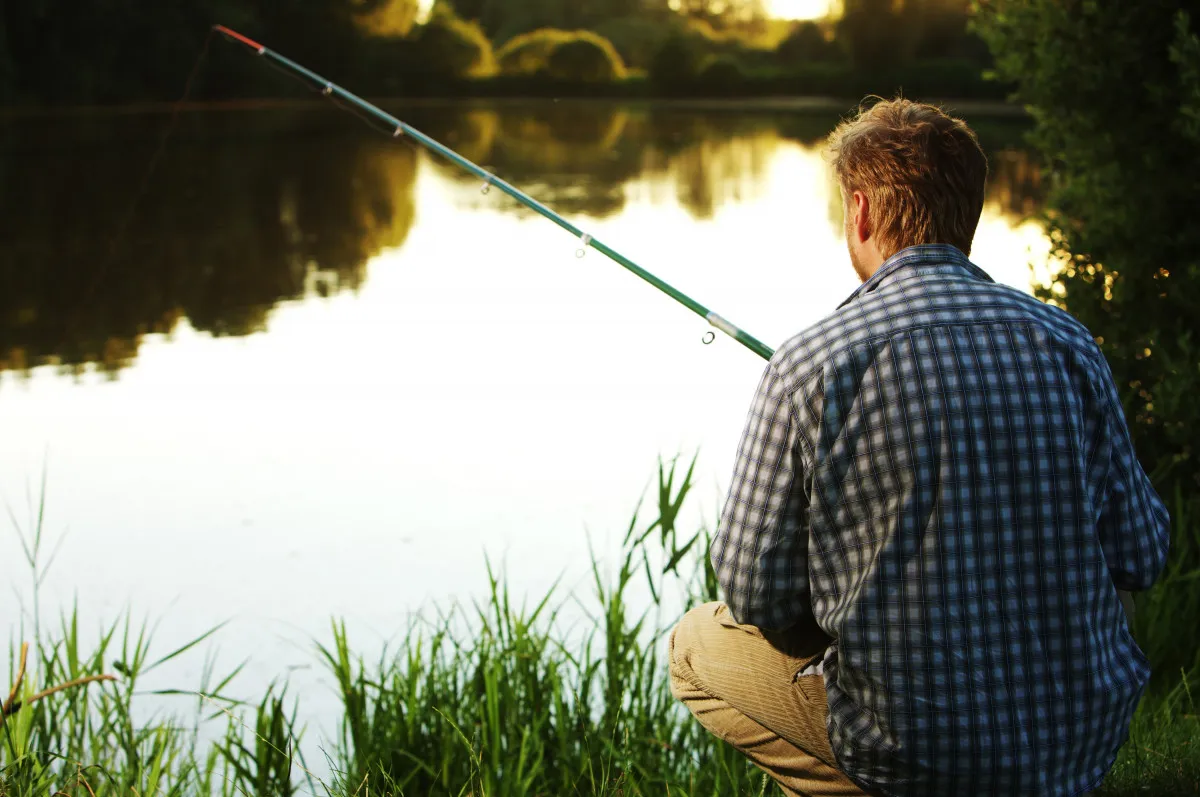
The limits of fluctuation of the applied length of the insert are from 20 to 80 cm. If fishing takes place on a lake or with a weak river current, the size will be in the upper zone - from half a meter to 0.8 m. m. Experienced anglers claim that the increased size of the intermediary tackle improves the bite, since the fish are more willing to follow the gradually sinking bait, fixed on a diverting leash.
But do not rush to tie a leash of a different size. You can try to improve the bite in other ways.
For example, feeder fishing allows you to experiment with the following elements:
- Change the bait or the method of its wiring, playing in stagnant backwaters;
- Make bait in various versions, varying the friability of the mixture;
- Put a thinner fishing line or change the volume of the feeder.
Try all these methods, up to changing the length of the leash, and even if this did not help, change the place of fishing. To determine whether the intermediary is too long, whether it is optimal by swallowing the hook by fish: if it is deep, the length is excessive.
Thus, the optimal length of the leader is determined by comparing information about the type of prey caught, the topography and condition of the bottom surface, the strength of the current, time of day and the weather. And the length of the feeder leash, in turn, directly affects the result of fishing.
Feeder Knit leashes
Feeder fishing knit leashes, also known as “knotless leashes”, are a type of lead attachment used in feeder fishing that provides a more natural presentation of the bait and can help to improve the chances of a bite.
These leashes consist of a thin, flexible material, such as fluorocarbon or monofilament, that is knotted or braided to create a loop that attaches to the lead. The other end of the leash attaches to the hook or hook link, allowing the bait to move around freely. The movement of the bait can mimic the natural movement of food, making it more attractive to fish and increasing the chances of a bite.

One of the main benefits of using knit leashes is that they help to keep the lead in place and prevent it from sliding up the line or becoming tangled. This can be especially useful when fishing in areas with strong currents, as it helps to keep the bait on the bottom where the fish are feeding.
And now about how to knit leashes for the feeder. It is clear that this piece of fishing line serves as a consumable in the process of fishing. In feeder fishing, it is considered quite normal to lose part of the rig due to a break in the leader’s vein. Therefore, the ability to make leashes for a feeder with your own hands is necessary for every feeder angler.
They must be made in the range:
- Various line thicknesses.
- Thread lengths and colors.
- With different hook sizes.
It is impossible to find a fisherman using only one leash. As a rule, there are at least five of them and they are made independently. The monofilament take-off leader should be 0.14-0.20 mm in diameter. Before tying a hook or feeder to the lead vein, you should make sure that all elements have comparable parameters. To attach hook No. 12 to the leash, the fishing line should be 0.14 mm, and for No. 10 - 0.16.
It is very important to correctly fix the snap on the leader of the fishing line because an unreliable knot will certainly let you down at some point. As they say, we knit a leash - we save the fishing line. When there are about a dozen ready-to-use leashes with different characteristics in stock, you can quickly change them. You can tie the leader part to the main line with a regular loop, but you can also install a carabiner or swivel.
Conclusion
In conclusion, selecting the appropriate lead when feeder fishing is crucial for a successful catch. The optimal length of the lead can vary depending on the conditions of the body of water and the species of fish you are trying to catch.
A shorter lead will keep the bait closer to the bottom and be less affected by the current, while a longer lead will allow the bait to be carried away by the current, mimicking a more natural presentation.
Additionally, using knotted leashes can also be beneficial as they help to keep the lead in place, while also allowing the bait to move around naturally. This can increase the chances of a bite, as the fish will be attracted to the movement of the bait.
Overall, taking the time to select the appropriate lead and experimenting with different lengths can help to improve your chances of a successful catch when feeder fishing. Remember that fishing conditions can change, and it’s always a good idea to keep an open mind and be willing to try different options to find what works best in a particular situation.
